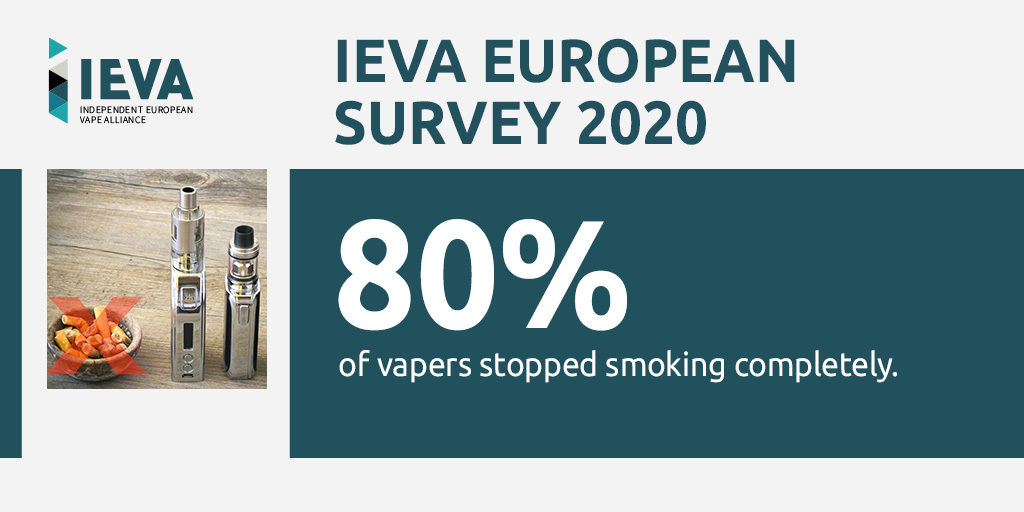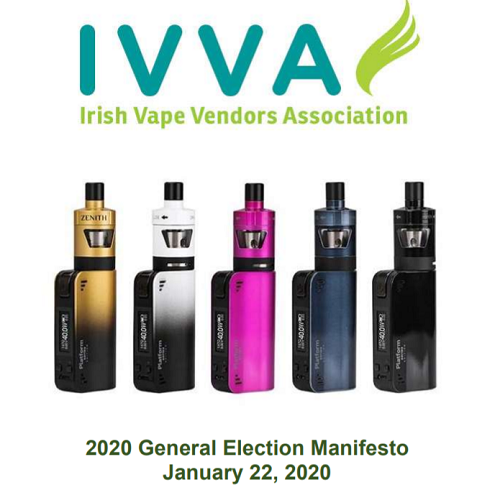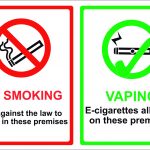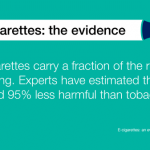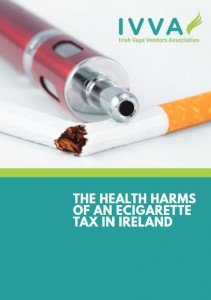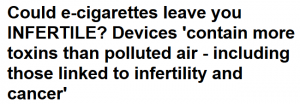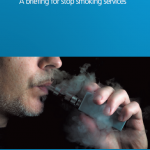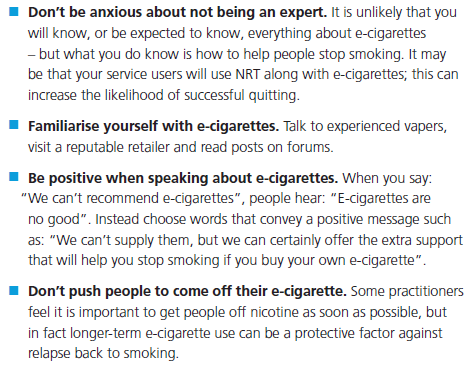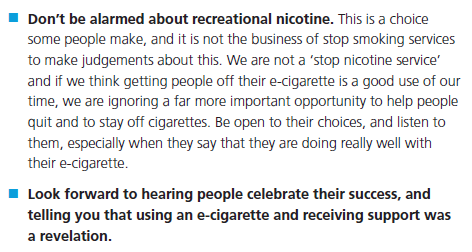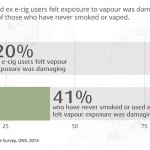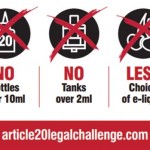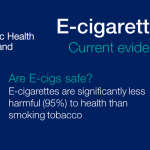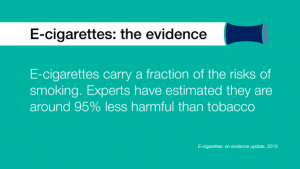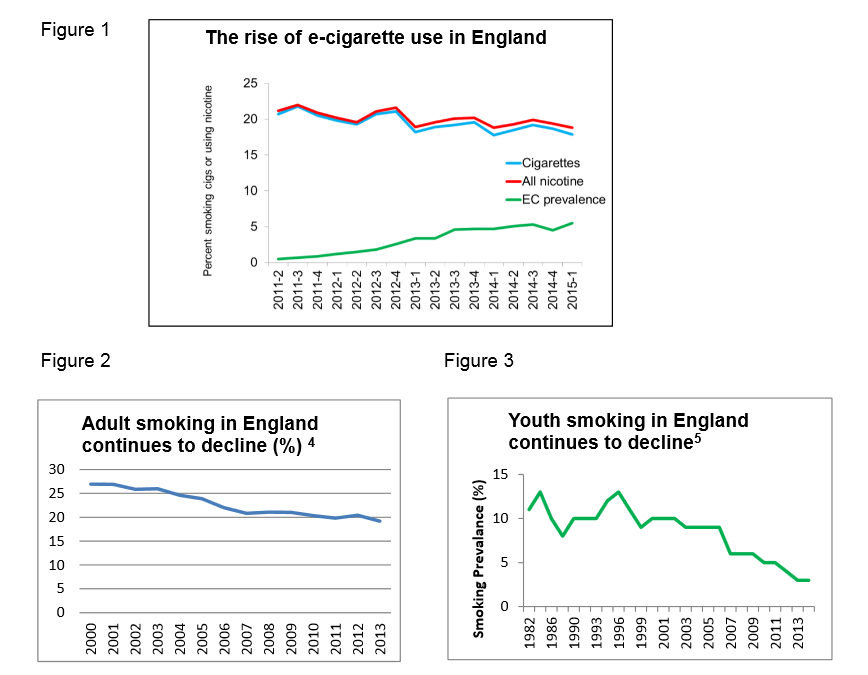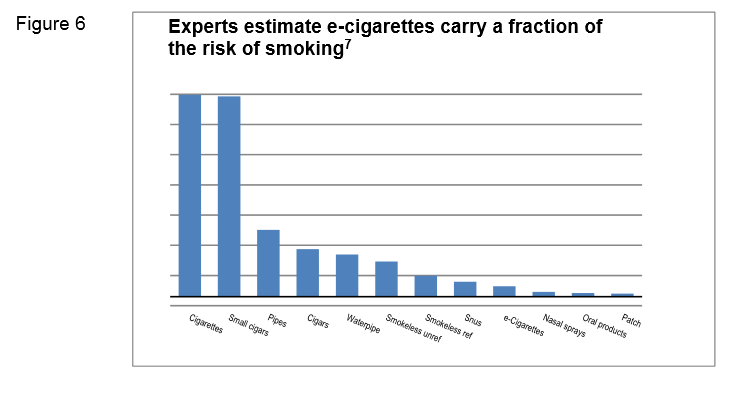Facebook
Google+
Pinterest
E-mail
[vc_row][vc_column][vc_separator][vc_single_image image=”998″ img_size=”medium” align=”vc_align_center”][vc_column_text]
*This post has been updated since first posting, below.
News of a new ‘study’ began to emerge on social media last night, with the sharing of headlines from The Independent, The Daily Mail and The Standard, among others.
We know from previous media stories which report on vaping research that it isn’t always the study itself that is being reported on – sometimes it’s just a direct re-post of the press release, and what’s contained in the press release isn’t always an accurate reflection of the actual findings of the study.
Commentators who work in the areas of public health, scientific research and even in the media itself, have described some of the media reporting on electronic cigarettes of late, as misleading.
Some have laid the blame at those who craft the PR on behalf of the researchers or the journal, which over states findings. Others have highlighted instances where researchers who conduct studies and experiments when either the study design shows a misunderstanding of real world conditions, ignorance of the products, or even that the research is merely ”policy based evidence” – research which may set out to find the answer to something but instead of merely reporting findings, goes beyond the remit of science to suggest a policy that might address it, or to in some way justify an existing policy where the evidence required to have justified it in the first place, is scant.
The study that has garnered such alarmist headlines as ”E-cigarettes may be just as harmful for pregnant women as tobacco” or that e-cigarettes ”could be worse for a baby’s health than tobacco smoke”’ deserves a closer look, however.
Smoking is a risk in pregnancy, and all risk should be weighed carefully in order that the best advice is given for the individual to make an informed choice for their own health.
If a pregnant woman, either through her own choice or on the advice of a health care practitioner has switched to vaping during her pregnancy in order to reduce her harm from smoking, and she or her health care practitioner sees these headlines, what might they think?
Would they think the headline was based on a sound study – with proper methodology and protocols, rigorously peer reviewed and published in an eminent journal? Would they think that the methodology of the experiments conducted were published so that the experiments can be reproduced from other research teams to see if they too came to the same conclusions?
Perhaps they might think that the researchers looked at pregnant women directly, after all they’re mentioned specifically in the headline aren’t they? They might even think that the journalist read the full text of the study to make sure that what was in the PR was correct, and the headline was chosen to best accurately describe what, within the study, is newsworthy.
The scientist involved in this study, Professor Judith Zelikoff, of New York University describes a study of pregnant lab mice as ”ground breaking research”, which slightly fudges the fact this seems (for now) to be in the form of a pre-published presentation at a conference.
(Study findings are often shared with other scientists at conferences in this manner, usually accompanied by careful caveats that clearly state whether the research itself or the paper is in its initial stages, or has gone through the peer review process already, or whether it’s been published etc. so that it’s clear where along the timeline the findings sit and no one is misled.)
Professor Judith Zelikoff, of New York University, said: ‘Women may be turning to these products as an alternative because they think they’re safe. Well, they’re not.’
Let’s for a moment focus on the not so small detail that no responsible party anywhere – manufacturer, retailer, medical professional, public health policy maker – describes vaping as ”safe”.
What it is, is safer.
Picking out this throwaway comment may seem pedantic, but it’s important. It’s a so called straw man argument often used to try and portray advocates of these products as in some way misleading the public.
So let’s be clear – the IVVA have never, nor will ever, describe e-cigarettes as safe, but we do share the view that the currently available evidence points to them being orders of magnitude safer.
So what of these media stories? Do any of them include a link to the study, or a link to the the journal in which it’s been published?
Not at the time of writing. Once we do have a link, this post will of course be updated.
Might this be because a commonality of some of the questionable research that we’ve seen recently seems to be to issue a press release before the paper is published – by which time they have free reign to say almost anything as by the time people can see the data in detail, the headline has been given ample time to be cemented as fact in the minds of the public?
Perhaps.
What do those who work in public health arena and who have an understanding of the product think of it?
Ms Salim-Sartoni works as a stop smoking specialist:

Prof McManus is head of public health policy for Hertfordshire:
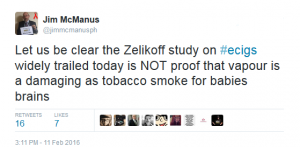
Dr Glover works with low income smokers in New Zealand:

Tom Pruen, Chief Scientific Officer of ECITA put some quick thoughts down on paper in the form of responses (in blue, below) to some of the points in the PR:
Despite thinking to the contrary, tobacco/nicotine use exposure while pregnant remains a very real problem in the 21st century due primarily to the use of alternative tobacco/nicotine products such as hookah, smokeless tobacco and electronic nicotine delivery devices.
Wrong. The primary exposure to tobacco toxicants and nicotine during pregnancy is combusted cigarettes.
As a result of a variety of factors, including the Family Smoking Prevention and Tobacco Control Act (FSPTCA), indisputable evidence of the devastating health effects from use of conventional cigarettes, tobacco use is rapidly evolving and adolescent men and women of childbearing age appear to be the greatest consumers of these alternative tobacco products (ATPs) and nicotine delivery devices.
Wrong. The FSPTCA does not seem to have any effect on smoking prevalence. I’m not aware of any evidence that the primary users of e-cigs are adolescent men. The age range covered by “women of child-bearing age” is so broad as to be useless.
Despite the apparent surge of ATP use by adolescents worldwide, effects from new and emerging smoked and smokeless tobacco (ST) products, used with increasing frequency in the US, on reproductive health, pregnancy, or fetal development, are mostly unknown.
Broadly true, but beyond the already well known effect of nicotine (which is still better than the effects of smoking), there is little to suggest much reason for significant alarm.
While almost all anecdotal evidence suggests that ATP are “just as dangerous to your health as cigarettes”, there is a void of strong science upon which policy regarding the effects of alternative smoked and ST products can be made to protect the reproductive/ developmental health of already vulnerable populations.
True, but only because the scientific evidence runs counter to this anecdotal evidence, suggesting that it is total rubbish.
Toxicological studies from my laboratory demonstrate that like traditional cigarettes, exposure to a globally-relevant smokeless tobacco product decreases sperm counts while increasing sperm DNA damage in a mouse model.
Method? Dose? Exposure details? Anything to suggest this might be relevant to a human exposure?
Exposure of pregnant mice to the same smokeless product also reduces the incidence of pregnancy and increases the risk of fatty liver and cardiovascular risk factors in adult offspring.
Again, Method? Dose? Exposure details? Anything to suggest this might be relevant to a human exposure?
Our studies also show that exposure to vapor from electronic-cigarettes in utero and post-natally drastically reduce sperm counts and sperm mobility in juvenile offspring and brings about gene changes in the brain as well as altered behavior in adult male and female offspring.
Uh – sperm counts in juvenile offspring? Seems an odd measure.
Preliminary findings from this laboratory also suggest that inhaled hookah smoke can also impair sperm counts following in utero exposure.
Well, yes, it’s smoke. Given that the author has also published on the dangers of wood smoke, I can’t see this coming as a surprise.
While more studies are needed to better understand these effects, these translational studies suggest that early life exposure to alternative tobacco/nicotine products can adversely affect reproduction, development and long term health.
Unless we have a different definition of translational research, this seems to be a misuse of the term.
Though the “face” of tobacco and use of ATP in the US is changing rapidly, the science lags woefully behind.
Never have truer words been said.
Do animal studies always translate to being able to adequately quantify the same observed (or perceived) harm in humans?
No.
Does this study unequivocally prove that a pregnant woman is putting herself or her baby at risk if she continues to use vapour products?
No.
Might these headlines, ironically, have the unintended effect of sending pregnant smokers who have made the switch to a product that is less harmful, back to smoking?
Perhaps.
After all, if they’ve switched from smoking, are then told by newspapers they should be able to trust that vaping may be worse than smoking, it would seem plausible that a small number might go back to what they did before, incorrectly under the assumption that ”better the devil you know”.
Does this subject need more research?
Yes.
However, the studies would need to be designed in such manner as to be easily replicated, translate to real life conditions, and the findings communicated honestly and accurately in order for the knowledge base to grow.
What’s the takeaway message from this study, for now, until much more is known?
Pregnant mice probably shouldn’t vape.
*UPDATE:
Since we published this post, Prof McManus has written on his Linkdin blog:
The current study in the media is a conference presentation based on laboratory studies on mice by Prof Zelikoff. It suggests that chemicals in vapour can cause brain damage in mice. But that isn’t conclusive evidence of harm to babes in the womb.
What it does do is tell us we need to really do more and better research on this to get as near to a conclusive answer as we can so mums to be can be safe. But the idea that vaping will cause the same level of danger as tobacco is a stretch not supported by the study and the conclusions have been overstated by some parts of the media. It’s laudable to want to protect developing children and mums to be but this kind of scare tactic is not the way to do it.
You can read the full post here : https://www.linkedin.com/pulse/e-cigarettes-pregnancy-how-worried-should-we-jim-mcmanus
And Prof Peter Hajek, Director of Tobacco Dependence Research Unit at the Wolfson Institute of Preventive Medicine at Queen Mary University London has provided commentary to fact checking website Sense About Science:
”The story is based on an unpublished presentation and so the actual data cannot be checked, but in most such studies, animals are exposed to doses many times above any realistic human exposure and the results have little relevance for vapers. Most importantly though, no comparison with effects of cigarette smoke was made and so the conclusion that vaping could be worse than smoking has nothing to do with the study findings.”
See more here: http://www.senseaboutscience.org/for_the_record.php/218/response-to-stories-suggesting-that-e-cigarettes-are-as-dangerous-as-tobacco-or-worse-during-pregnan
[/vc_column_text][/vc_column][/vc_row]
Facebook
Google+
Pinterest
E-mail

